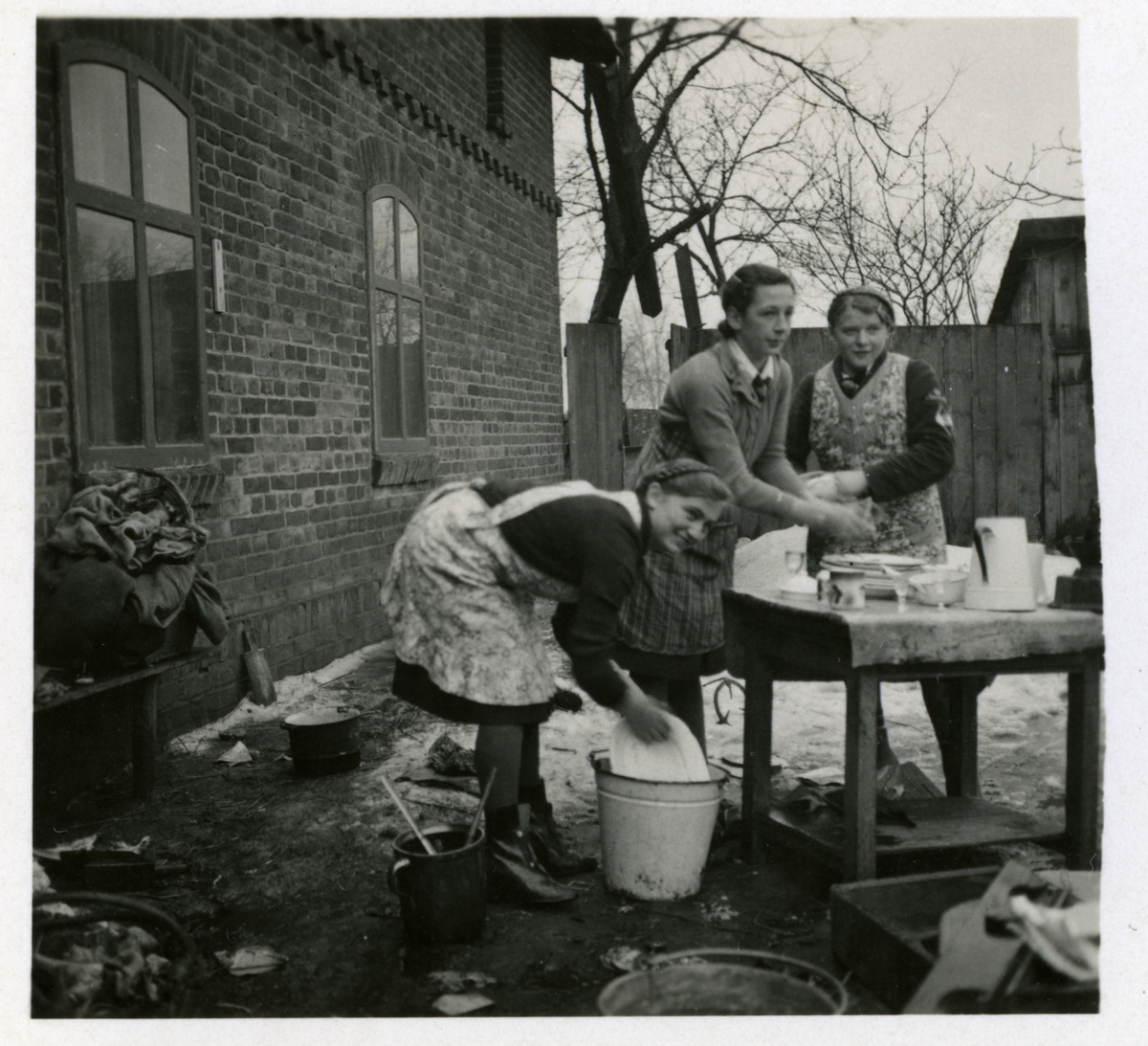Source

Source: Photograph, 1941. Unknown photographer. Deutsches Historisches Museum, Schönstein Collection.
Under Nazi occupation, conquered territories underwent political, economic, and social restructuring to coordinate German military and Nazi ideological priorities. In the case of Poland, in 1939 the western regions were annexed to the German Reich, while the eastern parts of the country were annexed by the USSR. In the center lay the German-occupied region known as the General Government, which became home to some of the largest Jewish ghettos and death camps. The westernmost annexed region, the Warthegau, fell under the direction of Arthur Greiser (1897–1946), who was appointed to the position by Heinrich Himmler. An ardent racist, Greiser embarked on a program of ethnic cleansing, which not only ghettoized and later murdered Warthegau’s Jews, but also sought to evict the non-Jewish Slavic Polish citizenry from their homes in order to make room for ethnic Germans, coming from further east and from the Old Reich (pre-war boundaries). Over 800,000 ethnic Germans were eventually resettled in this way by the end of the war. “Homesteading” never became popular among Old Reich Germans, however, because of the harsh living conditions, as well as a lack of desire to leave Germany proper. As an important element of this massive “Germanization” project, many young German women were employed to travel east and prepare the forcibly emptied homes for their new German residents. Their tasks included removing rubble left from the fighting and cleaning the physical spaces to make them “clean and civilized” for their new inhabitants.

Source: Photograph, 1941. Unknown photographer. Deutsches Historisches Museum, Schönstein Collection.
© Deutsches Historisches Museum, Berlin